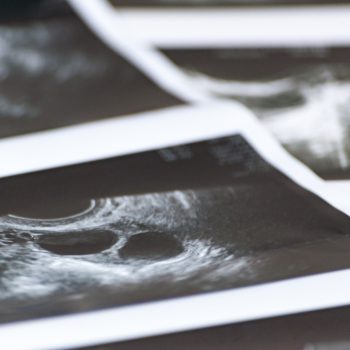Although benign, uterine fibroids can be an important health problem for women who develop them. The annual gynecological check-up is important and, if a fibroid is diagnosed, it must be monitored over time, with attention to the signals that the body gives and contact the specialist to intervene if necessary and as soon as possible. We talk about this topic with Dr. Annamaria Baggiani, Head of the Women’s Infertility and Medical Assisted Reproduction at Humanitas Fertility Center.
Uterine fibroids are benign formations that develop in the muscle tissue of the uterus that mainly affect women of childbearing age. The shape, size, location and evolution are all variable characteristics of fibroids. Their presence may be silent, asymptomatic – and they are often found randomly during a specialist examination – or it may be accompanied by different symptoms.
Generally, the symptoms associated with the presence of uterine fibroma are menstrual pain, abundant bleeding with menstruation, abdominal pain, anemia, pain during sexual intercourse, and increased compression rate on the bladder. When you experience these symptoms, you should undergo a thorough clinical evaluation in order to diagnose fibroids (or fibroma) in a timely manner or to find a modification, usually volumetric, of an already known fibroid. It is precisely the presence of symptoms together with the age of the woman and her reproductive history that will guide the choice of the most appropriate treatment, medical or surgical.
What is the risk of a late diagnosed fibroid?
“The risk – says Dr. Baggiani – is one of having to intervene on symptomatic fibroma as a matter of urgency and, in some cases, especially in multiple or very voluminous fibroma, and not being able to safeguard the uterus “.
In what cases is conservative treatment attempted, and in which cases can the removal of the uterus also be implied? “There is always an attempt to intervene with conservative medical or surgical treatments in reproductive age. Nowadays we have excellent pharmacological remedies at our disposal that help us to avoid damaging interventions, which are better indicated in the post-menopausal period”.
What consequences can a fibroid have on a pregnancy?
It depends on the location of the fibroid: some fibromas remain asymptomatic even during pregnancy. Submucosis fibroids may impede the implantation and development of the embryo, leading to abortion. On the other hand, intramural fibroids may be the cause of contractual activities with consequent risks of premature delivery. Some fibroids increase their volume during pregnancy, especially in the first period of gestation and sometimes may cause pain or, in the case of very large fibroids, fetal malposition”.









